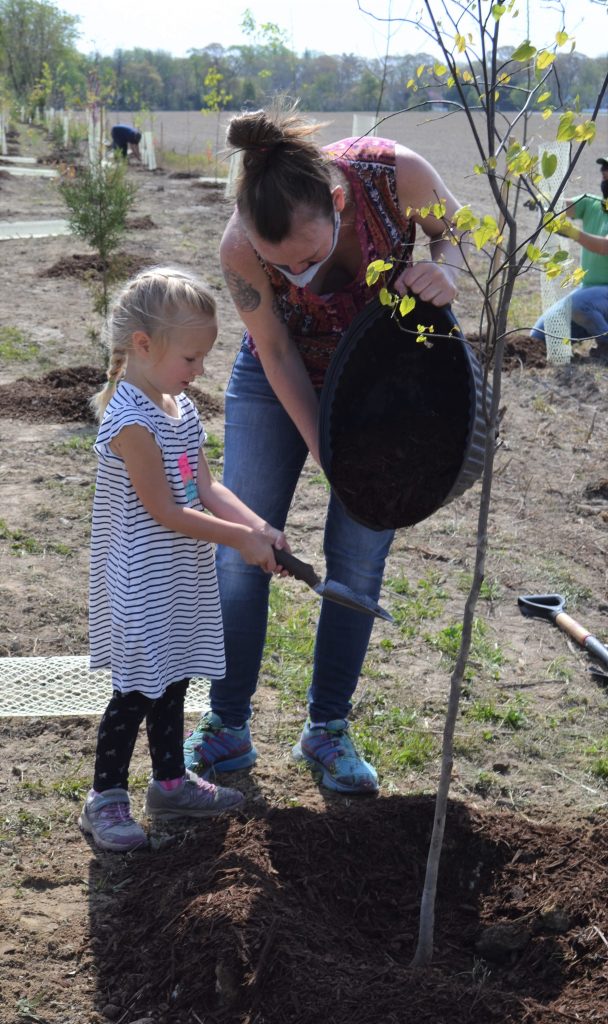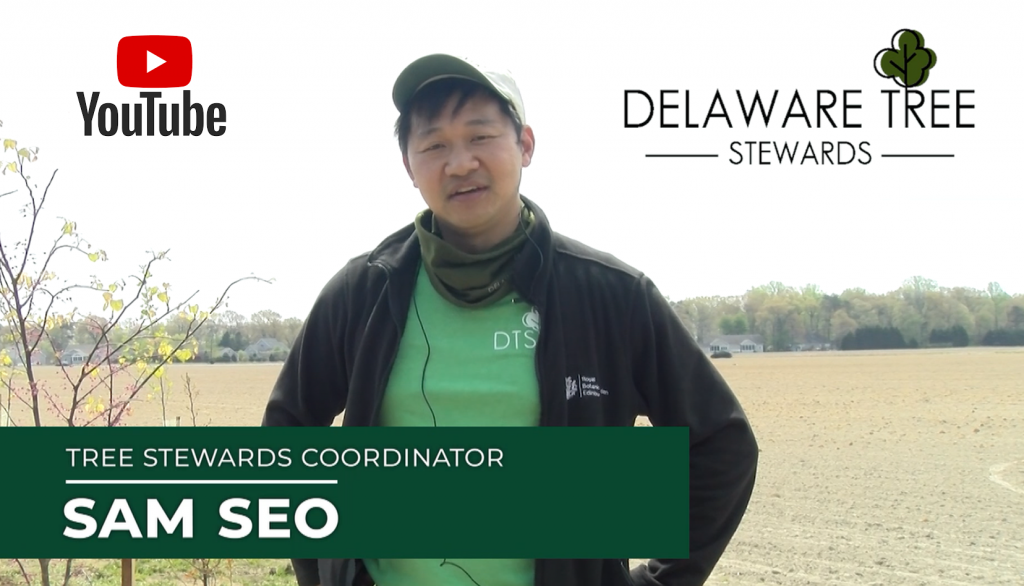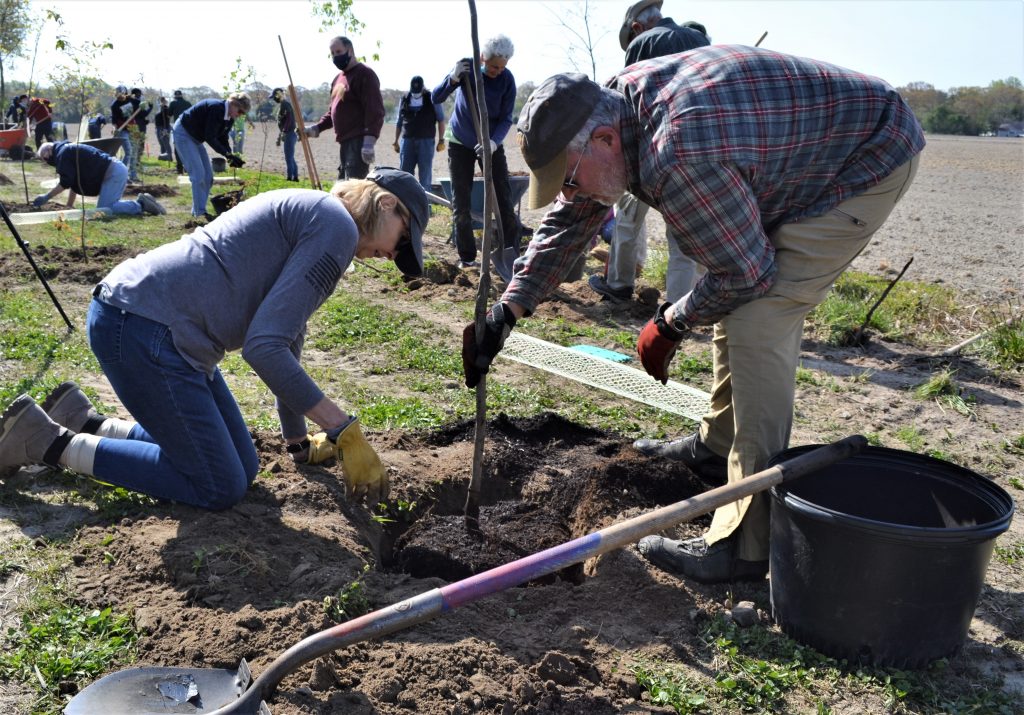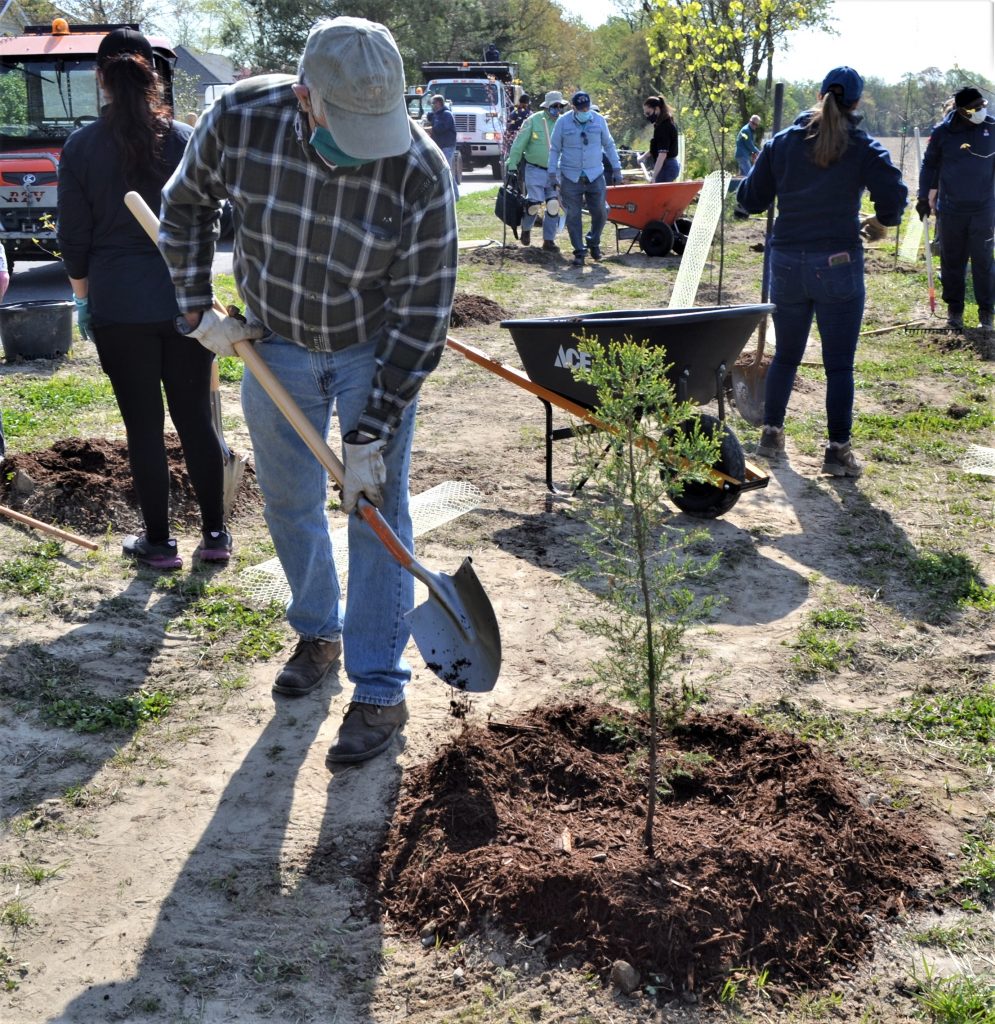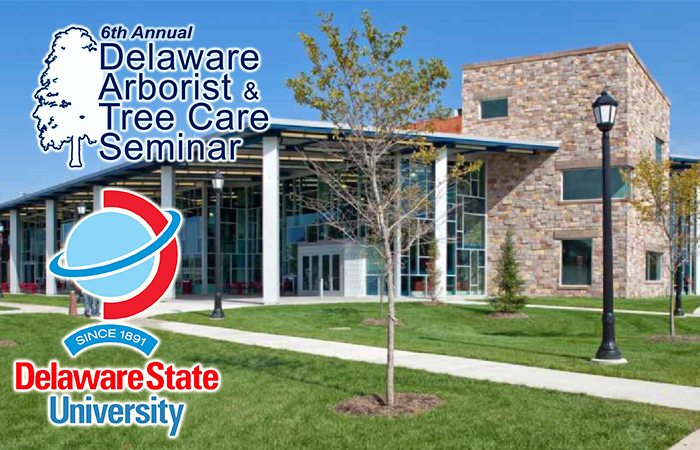DOVER, Del. (Aug. 27, 2020) — Delaware’s urban forestry program director Kesha Braunskill has been named to the Stakeholder Council of the U.S. Chapter of 1t.org, an international effort to plant one trillion trees launched in Davos, Switzerland, which “aims to connect, empower and mobilize a global reforestation community to conserve, restore and grow one trillion trees globally by 2030.” The World Economic Forum launched 1t.org at the Annual Meeting 2020 in Davos, Switzerland. It is designed to support the U.N. Decade on Ecosystem Restoration 2021-2030 whose goals are to accelerate global restoration of degraded ecosystems, to fight the climate crisis, enhance food security, provide clean water and protect biodiversity on the planet.
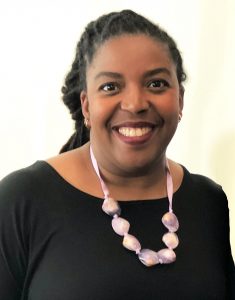 The U.S. is home to the first regional chapter of 1t.org. The U.S. chapter is supported by the 1t.org US Stakeholder Council, a bipartisan group of senior-level representatives from government, business, civil society and academia who are informing the strategic direction of the initiative.
The U.S. is home to the first regional chapter of 1t.org. The U.S. chapter is supported by the 1t.org US Stakeholder Council, a bipartisan group of senior-level representatives from government, business, civil society and academia who are informing the strategic direction of the initiative.
The press release launching the U.S. chapter’s effort reported that “26 forward-looking companies, cities, and organizations across the U.S. announced they will help combat extreme heat and wildfires, as well as other adverse effects of climate change, by conserving, restoring, and growing more than 855 million trees. Healthy forests are a critical nature-based solution for the climate crisis and these pledges mark the launch of the US chapter of 1t.org, the global trillion trees movement.”
Braunskill joins a prestigious group that includes corporate leaders from major Fortune 500 companies, members of the U.S. Congress, and leaders in the nonprofit sectors. American Forest Foundation, Arbor Day Foundation, Bank of America, Mastercard, Microsoft, National Association of State Foresters, National Forest Foundation, Salesforce, and the cities of Detroit and Dallas are among those who have committed to invest in creating healthy forests. The World Economic Forum and American Forests are leading the initiative and will provide individuals and organizations in the U.S. with the tools and technical assistance they need to create and bring their pledges to life. Pledges demonstrate an advancement of conservation, restoration, and reforestation goals within the US and internationally, a significant effort and achievement toward the trillion trees goal. Trees pledged will cover 2.8 million acres.
“One Trillion Trees rests on the belief that trees can have a positive impact on our planet’s future. This initiative is a great platform to promote trees and their benefits and make a difference on a local scale where most of us live and work. Collectively we can move the 1t.org effort forward by planting more trees in our neighborhoods, parks and schools. And more importantly we can properly care for the trees that we already have.” said Kesha Braunskill, Delaware urban and community forestry program director.
Healthy and resilient forests are a key part of efforts to combat the negative impacts of climate change. Studies have shown trees can reduce temperatures by 9 degrees and energy costs by $7.8 billion a year. The chance of extreme wildfires occurring also decreases dramatically when forests are managed properly by, for example, planting specially-selected tree species in burned areas and using novel planting techniques for resilience to future wildfires.
“The 1t.org US Chapter launches at a perfect time,” said Jad Daley, President & Chief Executive Officer of American Forests. “It unites the diverse organizations and people working for trillion trees so that we can do more, and do it better, by working together. And it aligns with the trillion trees movement quickly building in the US, including bi-partisan Congressional support for historic forest conservation legislation and bold new commitments from corporations and NGOs to help address carbon emissions with reforestation.”
“We have seen enormous energy and enthusiasm to conserve and restore our forests,” said Justin Adams, Director of Nature Based Solutions, World Economic Forum. “A nature-positive recovery is crucial to a great reset of our society and economy. Putting trees at the heart of this reset will help ensure it is sustainable for us and future generations.”
Investing in forests will also help improve the economy and public health. In the US alone, every $1 million invested in tree planting and other forest restoration activities creates almost 40 jobs. Globally, sustainable management of forests would create $230 billion in business opportunities and 16 million jobs worldwide by 2030. From a health perspective, trees absorb 17.4 million tons of air pollutants a year, helping to prevent 670,000 cases of asthma and other acute respiratory symptoms annually.
In America, forests and forest products currently capture 15% of the nation’s carbon dioxide emissions from burning fossil fuels. Conserving, restoring, and growing trees can enable US forests to capture nearly double the emissions.
American Forests is the first national non-profit conservation organization created in the US. Since its founding in 1875, the organization has been the pathfinders for the forest conservation movement. Its mission is to create healthy and resilient forests, from cities to wilderness, that deliver essential benefits for climate, people, water and wildlife. The organization advances its mission through forestry innovation, place-based partnerships to plant and restore forests, and movement building.
###
